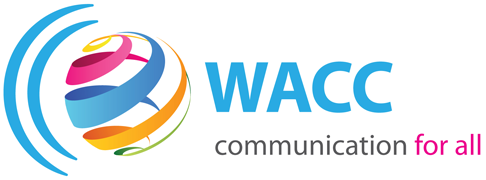Oberhausen (Germany) 2024
At the International Short Film Festival Oberhausen 2024, two ecumenical juries appointed by INTERFILM and SIGNIS were accredited for the International Competition and the International Children’s and Youth Film Competition. The Prize in the International Competition was endowed with € 2,000 and the...
George Sahhar
Communication in conflict situations is inherently from the field up. It has to be about the people who need help due to political violence, natural disaster, or any other type of calamity. It is not about the institution offering the interventions, and definitely not...
“Media can provide vital information to people in humanitarian emergencies. It can also do much more to help people cope during emergencies, such as provide psychosocial support, connect people with others, prompt discussion, and motivate people to take actions to improve their lives,” says BBC...
A WACC-supported project is training members of migrant and host communities on both sides of the Colombian–Venezuelan border as citizen reporters to provide accurate information, address common issues, and foster social cohesion.
The Binational School of Community Communication is an integration initiative based on exercising the...
The 2024 Summer Olympics – or the XXXIII Olympiad – are finally here! Whether you, or I, get to watch any of the games, livestreamed and in full, is a separate issue.
Those of us old enough to remember will recall a time when the Olympics were...
A WACC-supported project is advancing community radio as a channel for Indigenous communities in Belize, El Salvador, Guatemala, Nicaragua, and Panama to advocate for their rights.
Run by the Estor Association for Integral Development (AEPDI), a Guatemalan organization supporting Indigenous social justice and development, the project...





